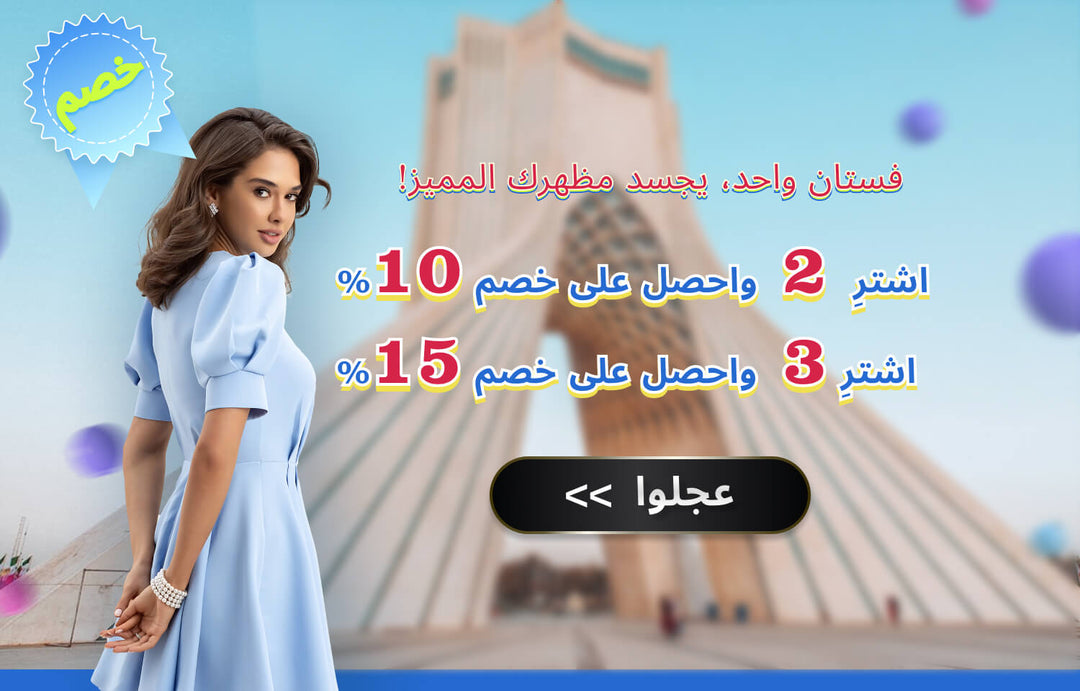The Abaya During Ramadan: A Blend of Devotion and Tradition
Ramadan, the holy month of fasting, reflection, and prayer for Muslims around the world, is also a time when cultural traditions are celebrated and manifested in various forms. One such tradition that stands out, particularly in the Arab world, is the custom of wearing the abaya. Let's delves into the cultural and religious significance of the abaya and its special connection to the festivities and observances of Ramadan.
The Abaya: More Than Just a Garment
The abaya is a long, flowing robe typically worn by women in many parts of the Muslim world, particularly in the Gulf countries. Over time, it has evolved from a simple, traditional cloak into a fashion statement that gracefully straddles the lines of modesty, culture, and modern aesthetics. However, during Ramadan, the abaya transcends its role as a mere article of clothing to become a symbol of spiritual identity and devotion.
Cultural Significance of the Abaya
In the cultural milieu of the Arab world, the abaya is deeply intertwined with notions of modesty and respectability. It serves as a physical representation of one's commitment to the values prescribed by Islam, especially during Ramadan. The garment's loose-fitting nature allows for comfort during the long hours of fasting, while its simple elegance aligns with the humble and contemplative spirit of the month.
As an element of cultural identity, the abaya is also a marker of social cohesion. It embodies a shared tradition that resonates with historical significance and communal values. The act of wearing an abaya during Ramadan is not only a personal choice but also a collective expression of belonging and unity.
Religious Significance of the Abaya
Religiously, the abaya aligns with the Islamic principle of modesty. While the Quran does not explicitly mandate the use of the abaya, it calls for both men and women to dress modestly. The abaya effectively fulfills this call, serving as a reminder of a Muslim woman's faith, especially during the sacred time of Ramadan.
In the heightened spiritual atmosphere of Ramadan, the abaya also serves as a reminder of the inner focus on one's relationship with God. It is a form of non-verbal communication that conveys a reverence for the holy month and a dedication to the principles of Islam.
The Abaya During Ramadan Festivities
Ramadan is a time when families and communities come together to break their fasts and engage in nightly prayers called Taraweeh. For these occasions, many women choose to don new abayas, often more ornate and festive than their everyday wear. This is not just a matter of fashion; it is an act that resonates with the spirit of renewal and celebration inherent to the month of Ramadan.
The preparation for Eid al-Fitr, the festival marking the end of Ramadan, often includes the purchase of new clothes, and here, the abaya takes center stage. It is customary for women to buy new abayas as a symbol of the fresh start that comes with the completion of a month of fasting and spiritual growth.
Modern Interpretations and Trends
The fashion industry in the Middle East has responded to the demand for abayas during Ramadan by creating designs that blend traditional modesty with contemporary trends. Designers release special Ramadan collections, and women eagerly await these releases to choose abayas that reflect their personal style while honoring their cultural and religious heritage.
Luxury fabrics, intricate embroidery, and unique cuts have transformed the abaya into a high-fashion garment without sacrificing its essence. This modern twist on the traditional abaya allows women to celebrate their identity and faith in new and expressive ways.
Final thoughts About An Emblem of Faith and Fashion
The abaya during Ramadan is not just a customary attire; it is a rich tapestry woven with threads of faith, fashion, and cultural pride. It symbolizes the deep-rooted traditions that define the holy month while allowing for personal expression. As Arab women drape themselves in abayas, they reaffirm their commitment to modesty, spirituality, and the timeless customs that continue to shape the observance of Ramadan. In these flowing robes, they find a unique blend of devotion and tradition that beautifully captures the essence of the month of fasting.
Keep reading our xnovas fashion blog for more tips on styling, collections and modest fashion trends.
Until next time,
By Xnovas Vivian Wong










Leave a comment